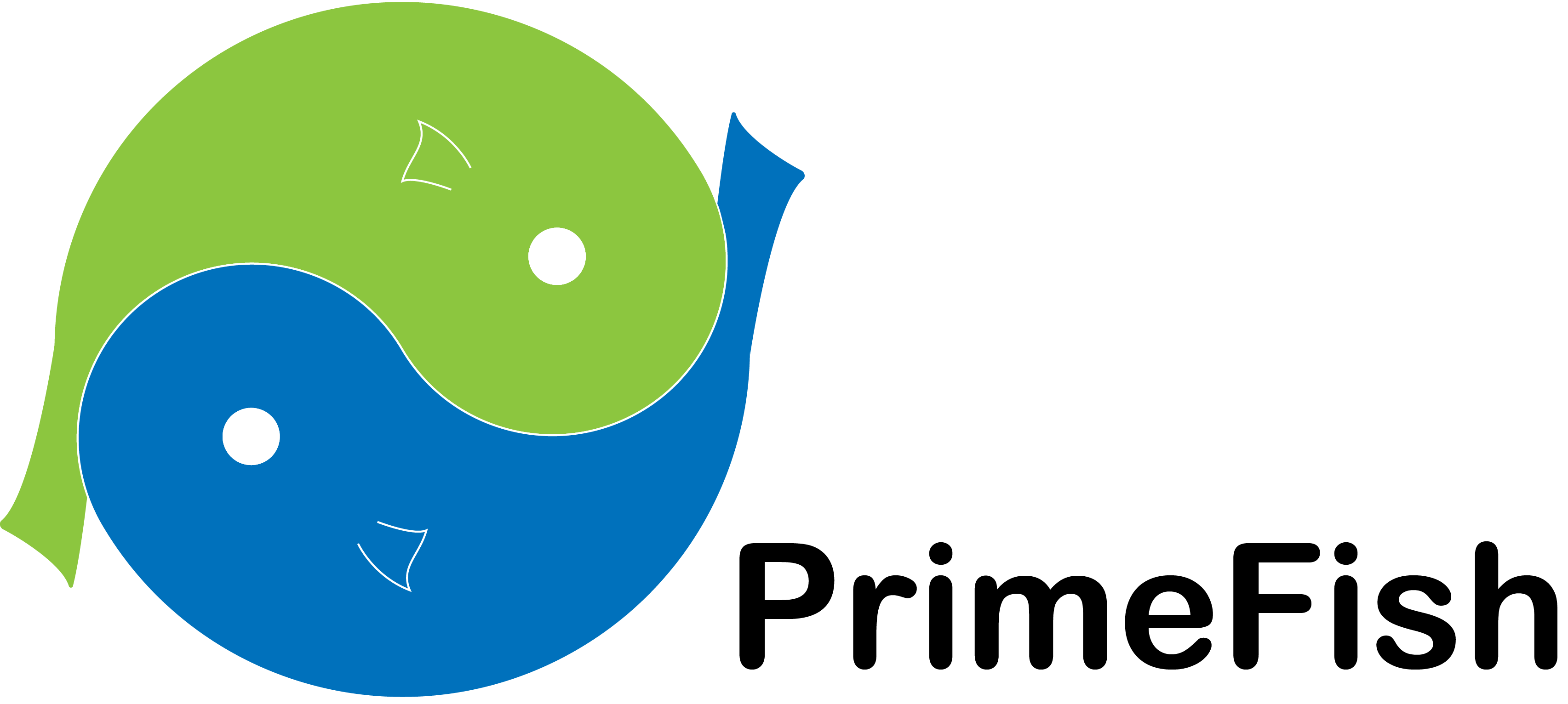The World Marketing Congress hosts a session on the PrimeFish tools
On the 28th of June the World Marketing Congress hosts a session on the PrimeFish project:
9.00 - 10.30 Session 5.4: The PrimeFish project: Developing a Market- Oriented Prediction Toolbox for Seafood
9.00. PrimeFish: Strengthening the Competitiveness of the Seafood Sector
Gudmundur Stefánsson
9.20. A toolbox for supporting the marketing of seafood products
José L. Santiago
